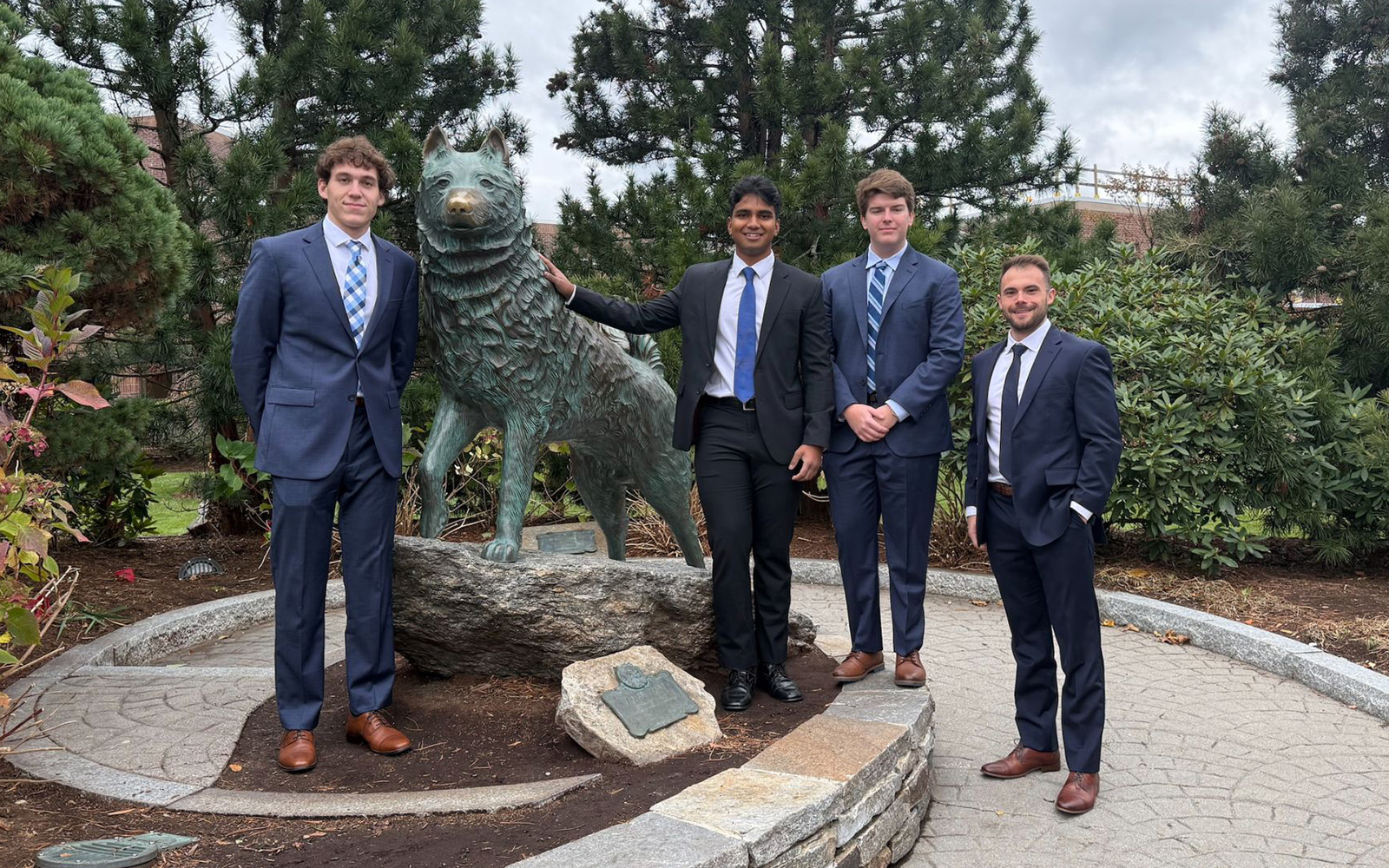
The year is 1858. Writer and naturalist Henry David Thoreau is out collecting samples of the plant life around Concord, Mass. He finds a grass that interests him, sticks it in his cap, takes it home, and hand-presses it for his records.
150 years later, Robert Capers, plant collections manager at UConn’s George Safford Torrey Herbarium, finds the sample and scans it into an online database that is accessible around the globe. How the times have changed.
Capers found the specimen when a student came in asking for old grass samples for a project he was working on. As he was looking through the samples in the plant collections to find suitable material to give the student, he came across a sample of a common switchgrass – Panicum virgatum – with Thoreau’s name attached to it. The specimen is dated Aug. 28, 1859 and contains a penciled note in Thoreau’s scrawl that reads “Dangleberry Swamp edge in prime.”
After finding the first specimen, Capers plugged Thoreau’s name into the search engine and was surprised to find that another specimen had already been digitized – Cladium mariscoides, a sedge common in the marshes and wet meadows of New England.
Digitizing the Collection
The herbarium has been in the process of digitizing its 180,000 plant specimens, using high-resolution scanners to capture detailed images of each plant specimen in the collection. These images, along with all information on the specimen – the collector’s name, the date the specimen was collected, and the site it was collected from – are uploaded to a database that can be accessed from any computer with internet capabilities.
“Digitizing the specimens in the collection has been a slow process,” says Don Les, director of the herbarium, who has spearheaded the project from its inception back in 1994. “We didn’t have much in terms of resources, so all we could do was plug away at it when bodies became available.”
That changed two years ago, when Les and Capers received a grant from the National Science Foundation that would allow them to finish the database. The three-year, $430,000 grant has been used to hire students whose work has been invaluable in getting the project done.
Capers says each specimen is significant in that it represents evidence that a particular species occurred on some known date in some known location. “With each specimen, the plant is saying, ‘I am here,’” he says.
This ‘evidence of occurrence’ allows botanists to perform many different tasks, from tracking the rise or decline of certain species over time, to extracting DNA from plants more than one 100 years old, to studying the effects of global warming.
The Department of Environmental Protection, for example, uses botanical specimens to track invasive species and determine which are spreading the quickest, in order to prioritize efforts to control invasives. And as for global climate change, scientists now know that many plants are flowering six to 10 days earlier than they were 100 years ago – simply because they have century-old plants to prove it.
The ‘Neatness Factor’

The rediscovered Thoreau specimens are special for a second reason, however, that has nothing to do with botany: “That’s the special ‘neatness factor’ that relates to their having been collected by Thoreau,” says Capers. “Having the evidence that Thoreau, too, collected specimens that are preserved in the herbaria where our specimens are preserved – it makes him one of us.”
Thoreau is best known for his work Walden, which details his two-year experience of living in the woodlands near Walden Pond. While there, he endeavored to gain insights about the natural world around him and to grow familiar with flora and fauna of the area.
Thoreau collected about 900 plant specimens during his lifetime. The two in the UConn herbarium were collected between 1858 and 1859, when he was learning to identify and differentiate between grasses and sedges, which are hard to tell apart, explains Capers.
When he died in 1862, Thoreau willed about 100 of his specimens to friend and fellow naturalist Edward Hoar; the other 800 specimens were sent to the Concord Free Public Library and eventually made their way to Harvard, where they are today. Upon Hoar’s death in 1912, the 100 Thoreau plants in his possession went to the New England Botanical Club. These plants, too, all eventually made their way into the Harvard collection.
All except for two, that is, because in 1948, two specimens – Panicum virgatum and Cladium mariscoides – were given to the UConn herbarium by the New England Botanical Club.
“My first fear when I found the specimens was that they had been sent to UConn on loan – herbaria are always sending stuff around to be studied by researchers – and that we simply had forgotten to send them back,” says Capers. “But the specimens are clearly stamped to indicate that they were released by the New England Botanical Club. They belong to UConn.”


